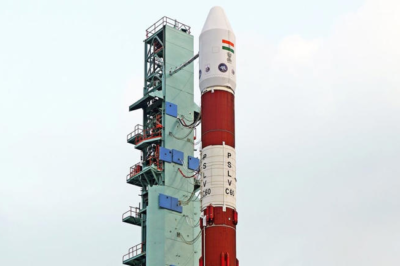
Key Updates on SpaDeX Mission
- Docking Postponed Due to Excess Drift
- The Space Docking Experiment (SpaDeX) encountered excess drift between its satellites (SDX01 and SDX02) during a maneuver to reduce their separation distance to 225 meters.
- The anomaly arose after a non-visibility period, leading to the mission’s second delay.
- Safety Reassured
- ISRO confirmed that both satellites remain safe and are functioning normally. A revised schedule for docking will be shared soon.
- Background and Milestone Goals
- Launch: SpaDeX was launched on December 30, 2024, aboard PSLV-C60.
- Objective: Demonstrate India’s capability in space docking technology, a feat accomplished by only the US, Russia, and China.
- Satellites: Weighing 220 kg each, the SDX01 (Chaser) and SDX02 (Target) satellites orbit Earth at an altitude of 475 km.
Strategic Importance
- Critical for Space Exploration:
- Space docking is a precise, complex operation, vital for assembling space stations, supporting moon-orbit missions, and enabling long-duration crewed missions.
- Success would pave the way for projects such as Chandrayaan-4’s sample return mission and a potential moon-orbiting space station.
- Building Expertise:
- ISRO views challenges like these as opportunities to refine its technological capabilities and solidify India’s growing prominence in space exploration.
Timeline Adjustments
- Delays: Initially scheduled for January 7, rescheduled to January 9, and now awaiting a new timeline due to drift analysis.
- Current Focus: Ensuring mission safety and precision in the docking procedure to guarantee long-term success.
ISRO’s dedication to advancing India’s space program remains steadfast, underscoring the importance of patience and perseverance in cutting-edge scientific endeavors.








































Leave a Reply